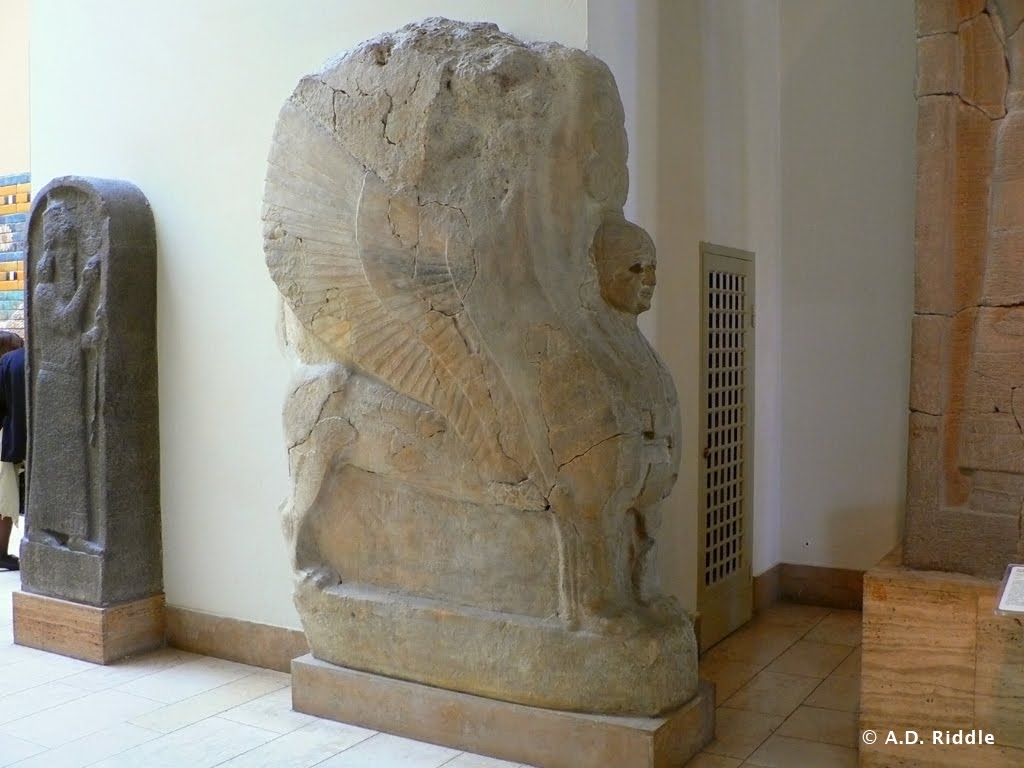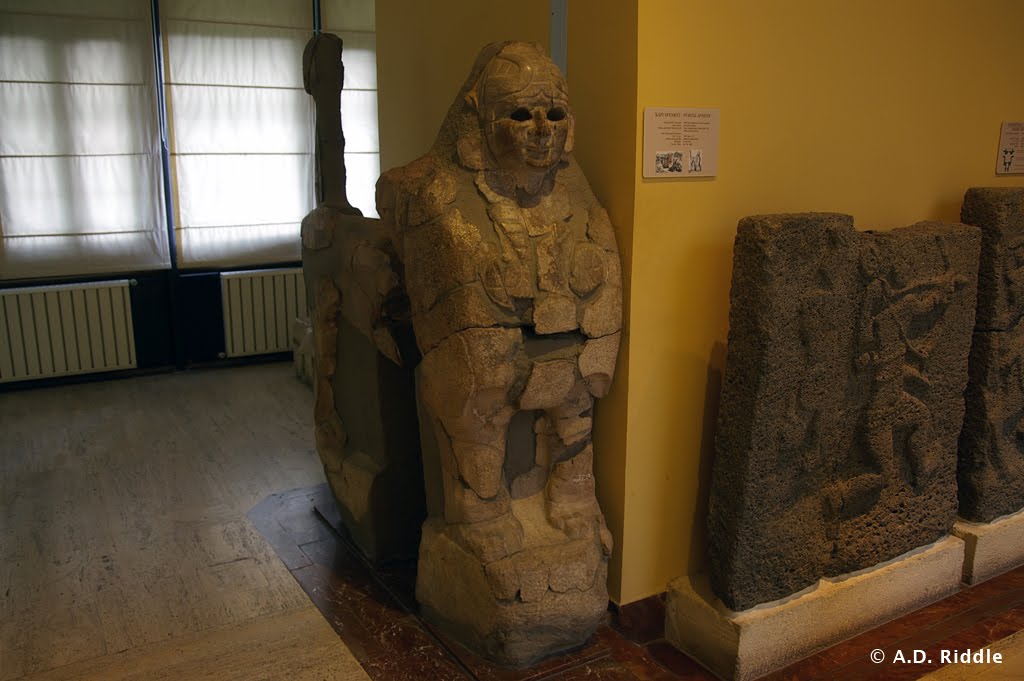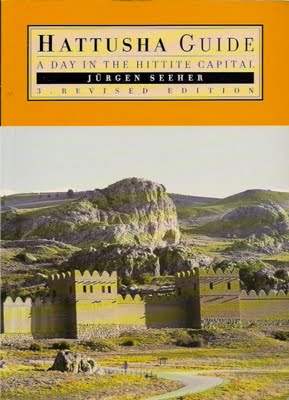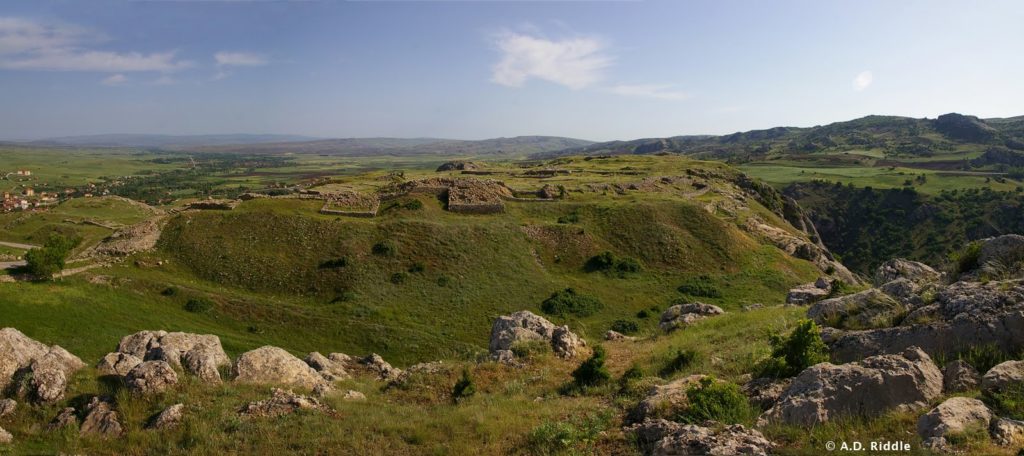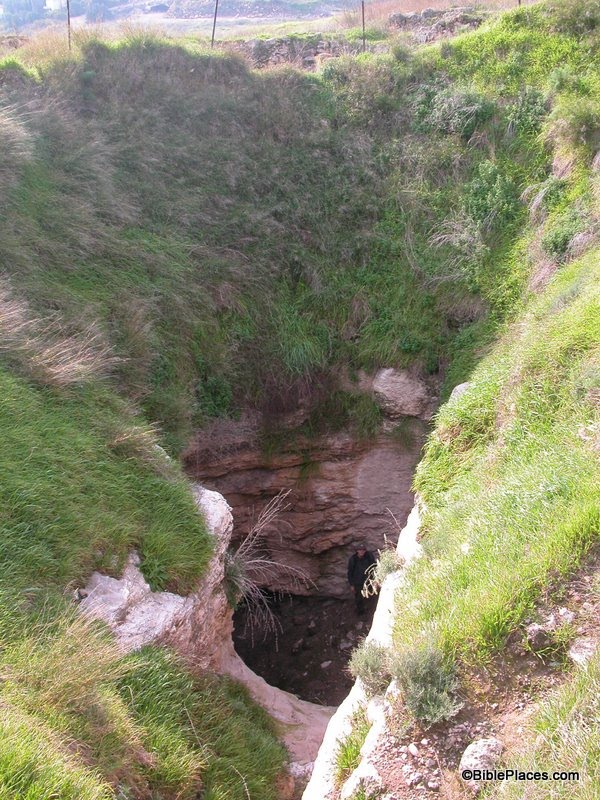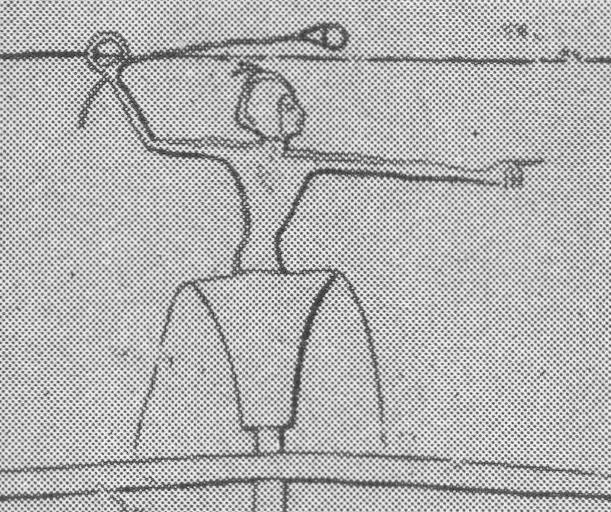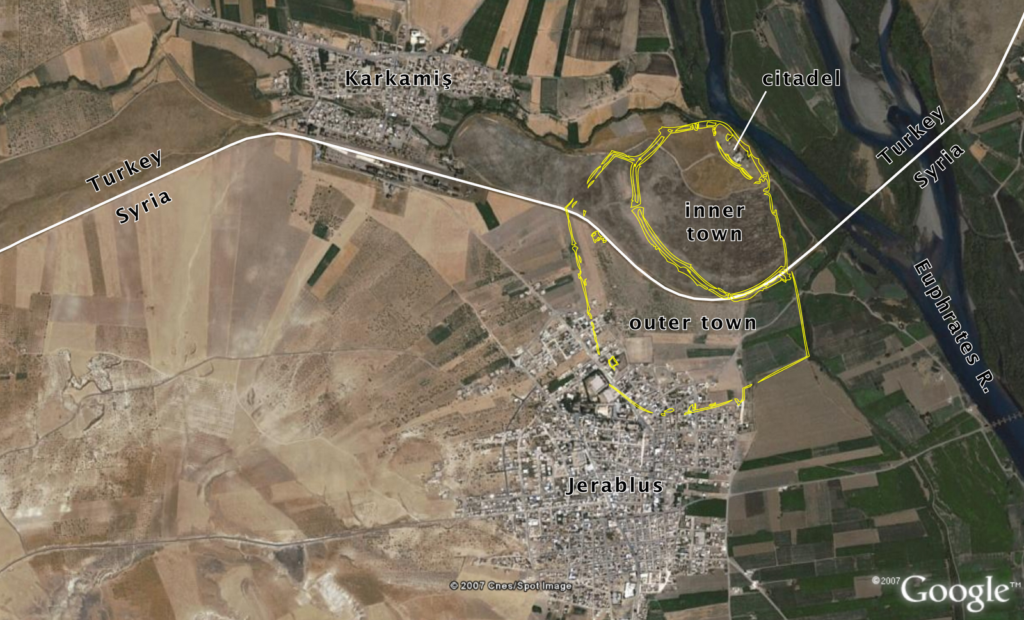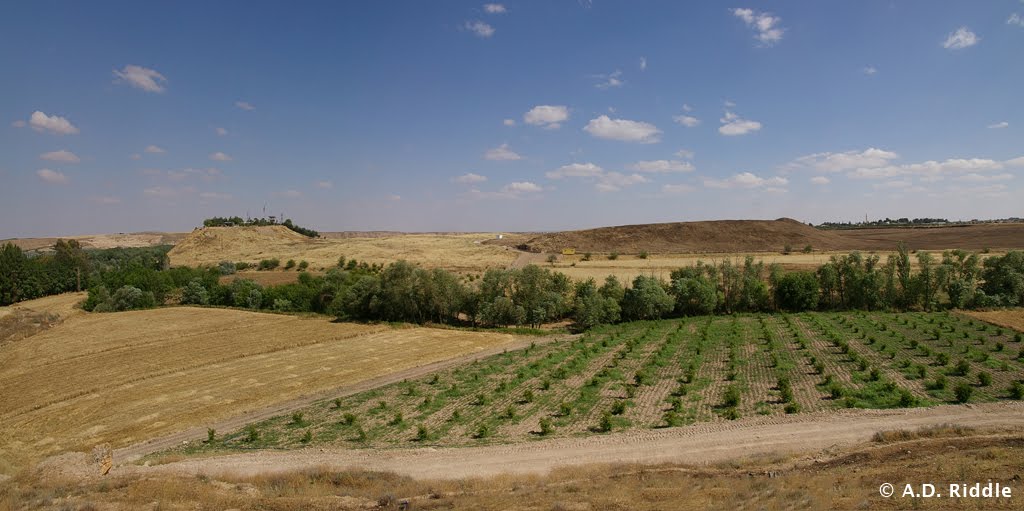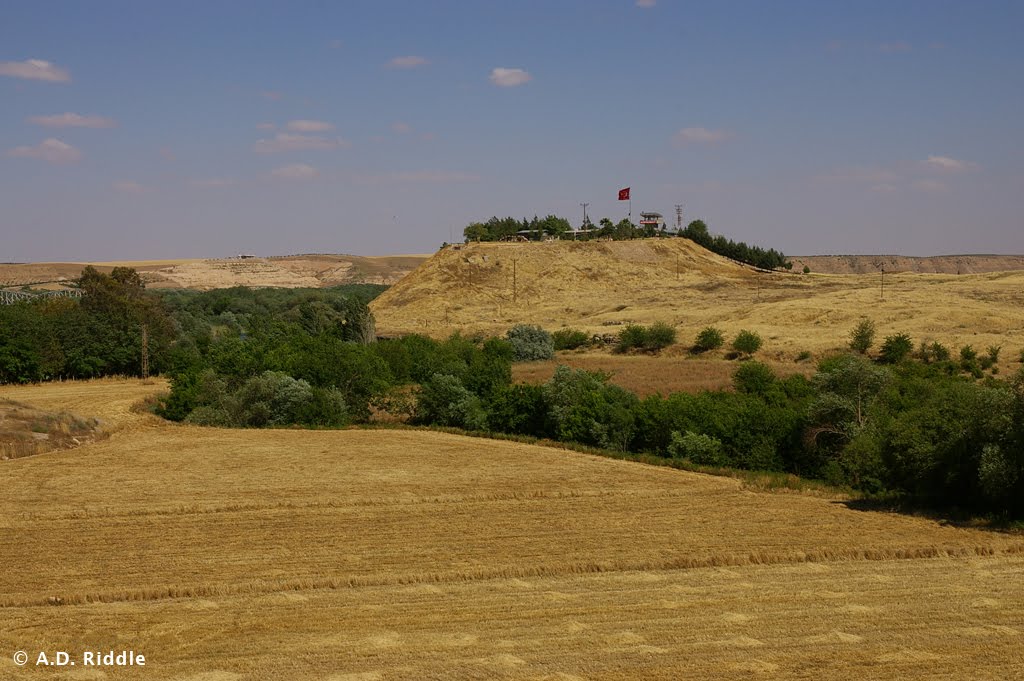Iraq
Efforts are underway to resurrect Iraq’s tourism industry. CNN reported in January on conservation work at the site of Babylon, and the Global Heritage Fund has been involved in similar work at Ur. In 2009 and 2010, the Iraqi government reported 165 tourists visited the country.
The online edition of Archaeology magazine has posted a piece entitled “Letter from Iraq: The Ziggurat Endures.” It was written by Michael Taylor, a National Guardsman who visited Ur in May, 2008. There are a few photos of the ziggurat and one of the royal tombs.
Last fall, American archaeologists returned to southern Iraq for the first time in 25 years. A report at PhysOrg outlines the research of Jennifer Pournelle. She is studying the importance of marshland resources, and how proximity to marshlands may have helped determine where ancients cities were founded in southern Iraq. A short video can be seen here.
Egypt
Last Sunday, the Cairo Museum reopened, along with five other museums and all of Egypt’s antiquities sites. On Wednesday night, looters attempted to make off with a 160-ton, red granite statue of Ramses II located at Aswan. Their efforts were thwarted by security personnel (and maybe the size of the statue).
Zahi Hawass, Egypt’s Minister of State for Antiquities Affairs, has claimed that a 3,200 year-old funerary mask owned by the Saint Louis Art Museum was stolen from Egypt. The mask was discovered in excavations at Saqqara in 1952 and purchased by the museum for half-a-million dollars. The museum has filed suit to prevent seizure of the mask by the U.S. attorney’s office in St. Louis.
Beginning today and running through September 4, the Tennessee State Museum is featuring a three-part exhibition entitled Egyptian Relics, Replicas & Revivals: Treasures from Tutankhamun. The exhibit brings together objects and replicas from the University of Memphis, the University of Tennessee-Knoxville, Vanderbilt University, and the International Museum Institute of New York.
Admission is free. Details are available at the museum’s website.
Anson Rainey Tributes
A week ago Saturday, Anson Rainey passed away at the age of 81. This past week, the radio program LandMinds produced a four-part tribute to Rainey in which they conducted interviews with Paul Wright of Jerusalem University College, and Yigal Levin and Aharon Demsky of Bar-Ilan University.
Audio of the program can be found here. Biblical Archaeology Review also has a brief note about Rainey’s passing on their website.
Miscellaneous
Thesaurus Linguae Graecae has made available an online edition of the Classical Greek lexicon Liddell-Scott-Jones, with hyperlinks to texts in the TLG database. The lexicon can be found here and an account of its print and digital versions here.
On Monday, March 21, from 6:00 to 8:00 pm, Thomas Levy will speak at George Washington University’s Capitol Archaeological Institute in Washington, DC. His lecture is entitled “Quest for Solomon’s Mines: Cyber-Archaeology and Recent Explorations in Jordan,” and will be presented at the Elliott School, 1957 E St. NW, Room 113. Both the lecture and a reception are free and open to the public. Some information is provided here.
HT: Joe Lauer and Jack Sasson
